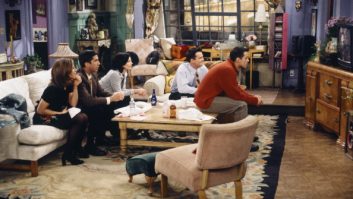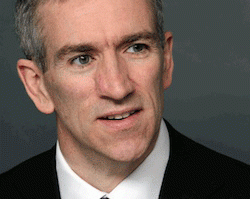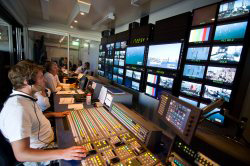In recent years, water has emerged as a powerful symbol in TV and film, reflecting our deepest fears and hopes. Netflix’s Nyad showcases the indomitable spirit of humanity against the vastness of the ocean. Similarly, The End We Start From uses flooding as a metaphor for societal collapse and rebirth, while After the Flood explores the aftermath of devastating rising water, underscoring the resilience of life. Now, comes the Lost-esque No Way Up, a film directed by Claudio Fäh (Wilder and Sniper: Ultimate Kill) from Altitude Film Entertainment, produced by Annalise Davis and Andy Mayson, executive produced by Will Clarke, chairman and joint-CEO of Altitude Film Entertainment.
Starring Sophie McIntosh and Phyllis Logan, the film depicts the harrowing journey of passengers aboard a crashing plane as they desperately struggle to escape before it plummets into a bottomless gorge in the Pacific Ocean. Complicating their ordeal is the menacing presence of circling sharks around the wreckage.
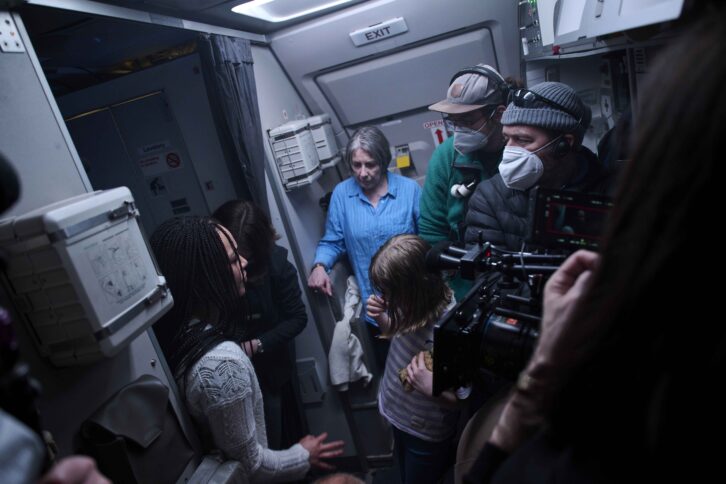
Producer Annalise Davis sheds light on the cinematographic approach, detailing how cinematographer Andrew Rodger and director Claudio Fäh employed an Alexa LF and LF Mini camera paired with Caldwell Chameleon lenses for an anamorphic shoot. They aimed for a cinematic aesthetic to counteract the limitations of the confined space they worked within. “A lot of the film is set in the galley, which is very claustrophobic. Therefore, we wanted to avoid making it feel too small,” she explains.
“We understand that lens choice is as crucial, if not more so, than the camera itself when crafting the look and feel of a film. The chameleon lenses for the flares produced, which gives No Way Up an almost classic Hollywood feel of like an actual shooting on actual film. Claudio, a massive Spielberg fan, dedicated significant time to researching various looks and feels, drawing inspiration from the types of films he admires.”
Setting the scenes
No Way Up embraced virtual production techniques for the telling of the stricken airliner, teetering dangerously close to a deep ravine. The film was shot using modular sets of an aeroplane lowered into a tank, alongside cutting-edge virtual production technology provided by DNEG VP — a partnership between Dimension and DNEG.
The two main sets were: one depicting the intact plane interior and its crash, and the other portraying the aftermath of the plane crash. Projected outside images, initially real shots, enhanced the realism. While some images needed replacement in post production, the aim was to minimise the use of green and blue screens. Given the significant outdoor scenes within the plane setting, extensive replacement would have been required.
The biggest challenge, according to Davis, was “crashing a plane and having a plane underwater with very little money”. She praises Maidenhead-based Shoot Aviation. “The company has an airfield, and it’s run by people who love planes. We had a real plane, shuddered it for the crash and did some really cool stunts. And then obviously there was a lot of VFX for the stuff outside of the plane with the crash. So that was just like, good old fashioned really great direction by Claudio who is a great director for this stuff. He’s great at action. And then to sink the plane we used a real plane, built by our brilliant production designer Matt Button, who kind of is great at building stuff.”
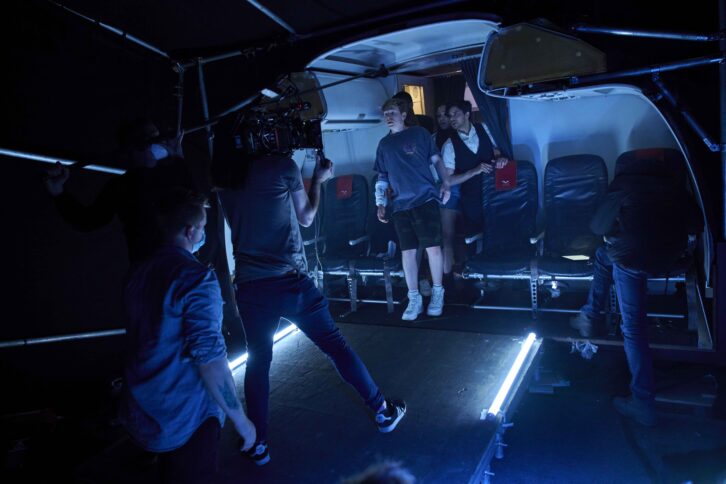
The ocean viewers see was shot at the Underwater Studio in Basildon. “The tank was small but deep and we needed depth and obviously on our budget we couldn’t afford Pinewood, frankly,” Davis says.
Tough start
The lead actor tested positive for Covid-19 before shooting began, causing a brief delay. On the second day, the second lead also contracted the disease. In response, writer Mayson swiftly rewrote the scene, shifting the focus to Phyllis Logan’s character, Nana, interacting with her granddaughter and husband at the airport. “This adjustment allowed us to continue filming without the affected actor,” says Davis. “Despite the unforeseen circumstances, the rewritten scene seamlessly integrated into the narrative. It was a crucial decision as the filming location, Stansted Airport, presented logistical and financial complexities. That’s the magic of filmmaking.’
Lighting
LED walls provided lighting throughout the stunning final sequence of the film, supplemented by a few light cards to direct light in various directions. Executive producer Steve Jelly, co-founder and Joint MD at Dimension Studio, emphasised that the primary goal was to achieve interactive lighting, a technique utilised in other projects as well, some of which are currently in production and thus confidential. “The concept aimed to create a wraparound light effect around the actors, very important because if you look at even the most masterly blue and green screen shots, they always look a little bit bogus when you’re trying to integrate the close-ups with the background through the visual effects process,” he says.
“This technique reduces the artificial appearance ensuring a more authentic final result, even when additional elements such as Houdini simulations are added in post-production, such as bubbles or cells.”
Unreal Engine
Jelley explains that Unreal Engine facilitated all pre-visualisation aspects for this final sequence, including mechanics of the plane’s descent and trench dimensions. The lighting setup was finalised before reaching the director, enabling him to explore sequence dynamics and action continuity. This information was then handed over to the visual effects team, responsible for external plane shots.
Virtual production via Unreal Engine played a crucial role in the gripping finale’s underwater “dry for wet” sequence. “That was all done in real-time,” explains Jelley. “The camera tracked our actress, capturing motion data as she moved in her wetsuit, aided by markers for precision. Claudio’s vision was a continuous shot, unattainable in the tank due to breath-holding constraints. Thus, we executed it ‘dry for wet’ on the volume, involving a moving plane, camera, and actress. The plane, positioned on a large LED volume, interacted with the actress on a harness. A large green roof facilitated her surfacing. Later, visual effects enhanced realism with bubbles, silt, and water interactions. It seamlessly combined virtual production and VFX to complete the shots.”
That said, not everything went according to plan. The plane used in the film suffered a real-life “crash” itself.
“We had a real plane with the galley removed from the rig and there was a flat mesh area so the water could flow through,” Davis adds. “The sheer weight of the water caused the seats to fall apart, and everything inside just floated to the top. We had to submerge the plane rather than intentionally sinking it, but the rig had to remain movable. We had done rigorous health and safety checks, but the first time we sank the plane, everything inside just floated up. The structure of the plane itself remained intact, but the seats fell apart, and everything else rose to the surface.”
No Way Up is an Altitude Films production and was made in conjunction with Ingenious Media, Dimension Studio and Hyprr Films. It was released theatrically in the United States on 16th February and is coming soon to the UK.

